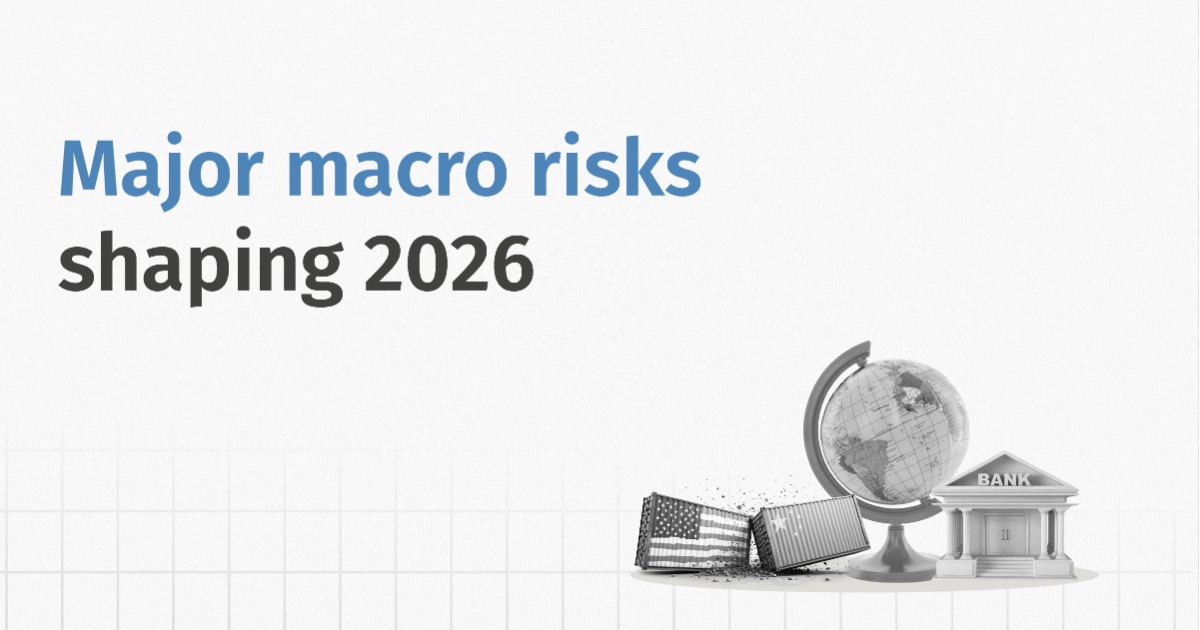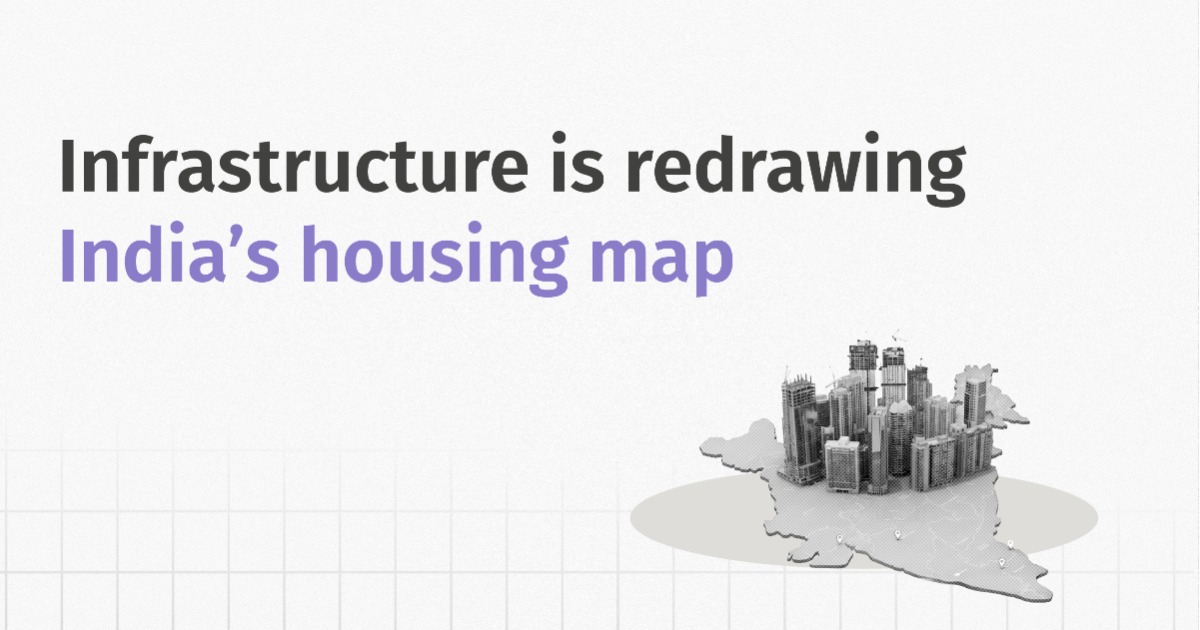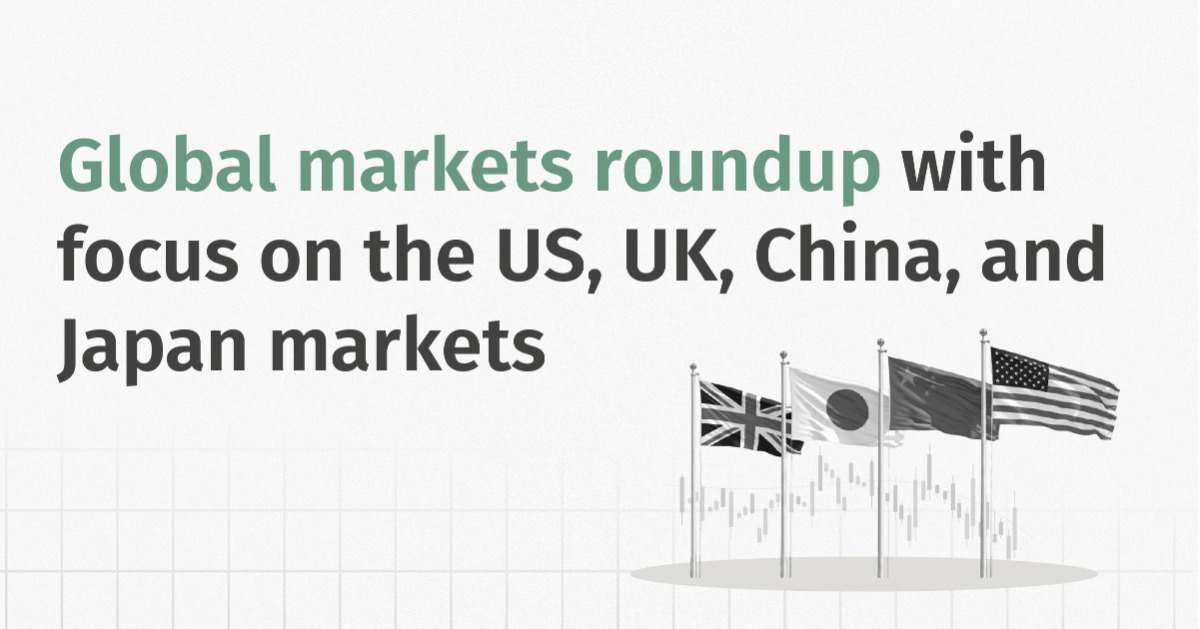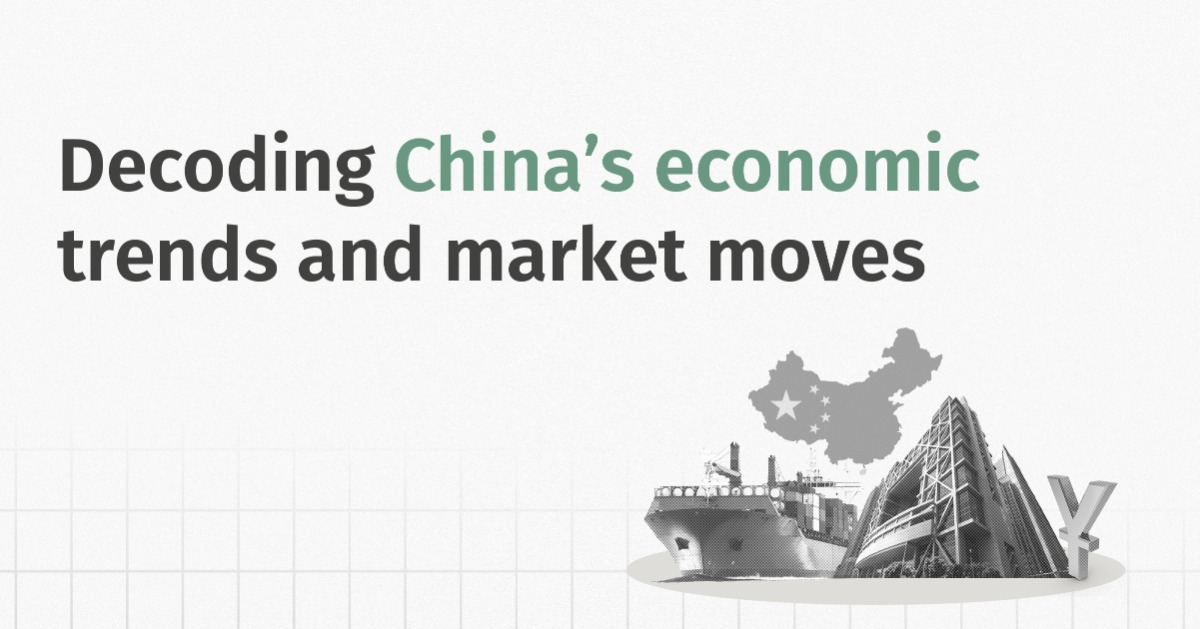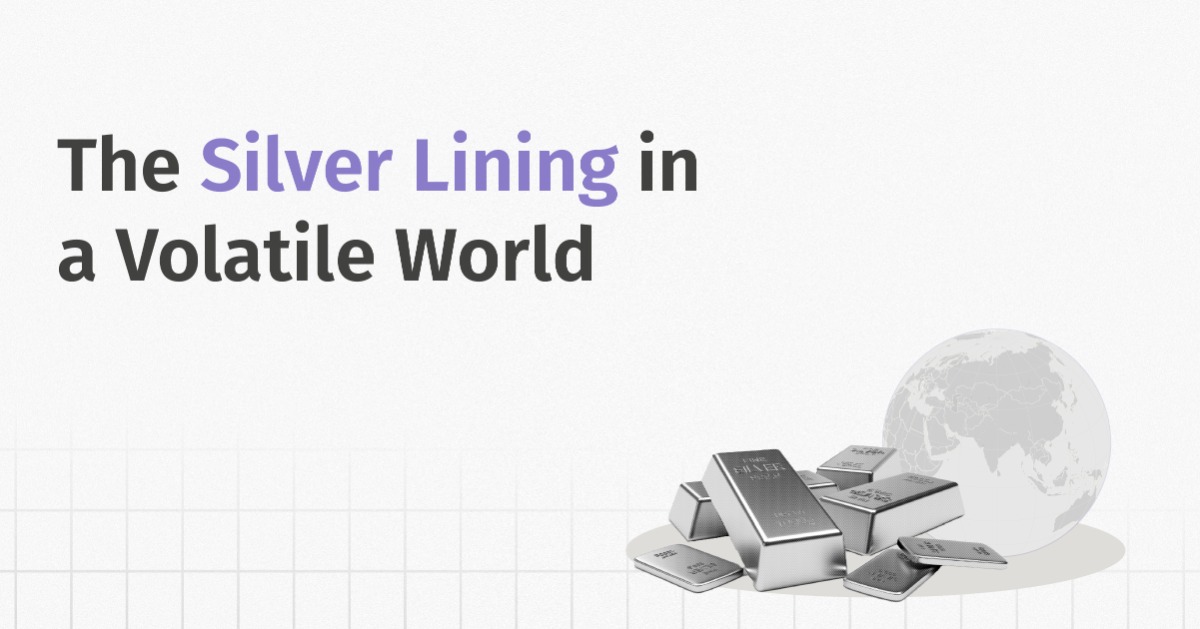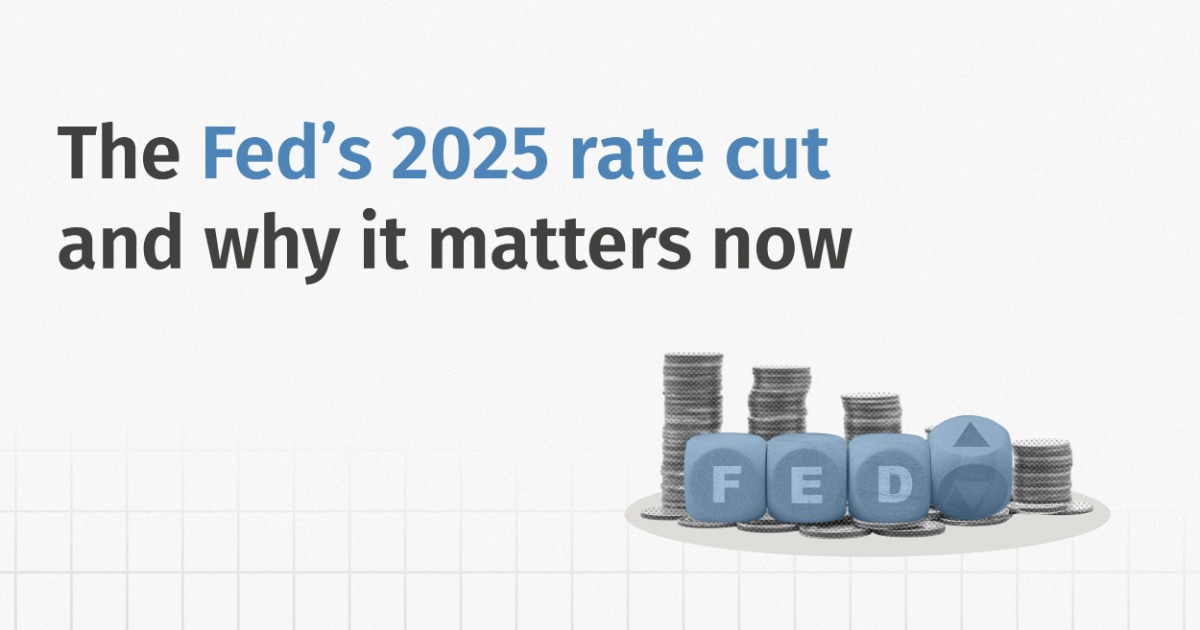As global markets contend with shifting interest rate cycles, geopolitical uncertainties, and uneven growth trajectories, understanding global equity valuations has become essential for building resilient, macro-aware portfolios. This edition examines how key global indices are priced today, enabling you to identify potential opportunities and risks.
We examine major valuation metrics including Price-to-Earnings (PE) ratios, 5-Year PEG ratios, Cyclically Adjusted PE (CAPE), and Forward PE/PEG metrics to assess whether markets are undervalued, fairly priced, or overvalued.
(Explore the full data on our interactive Global Market P/E dashboard).
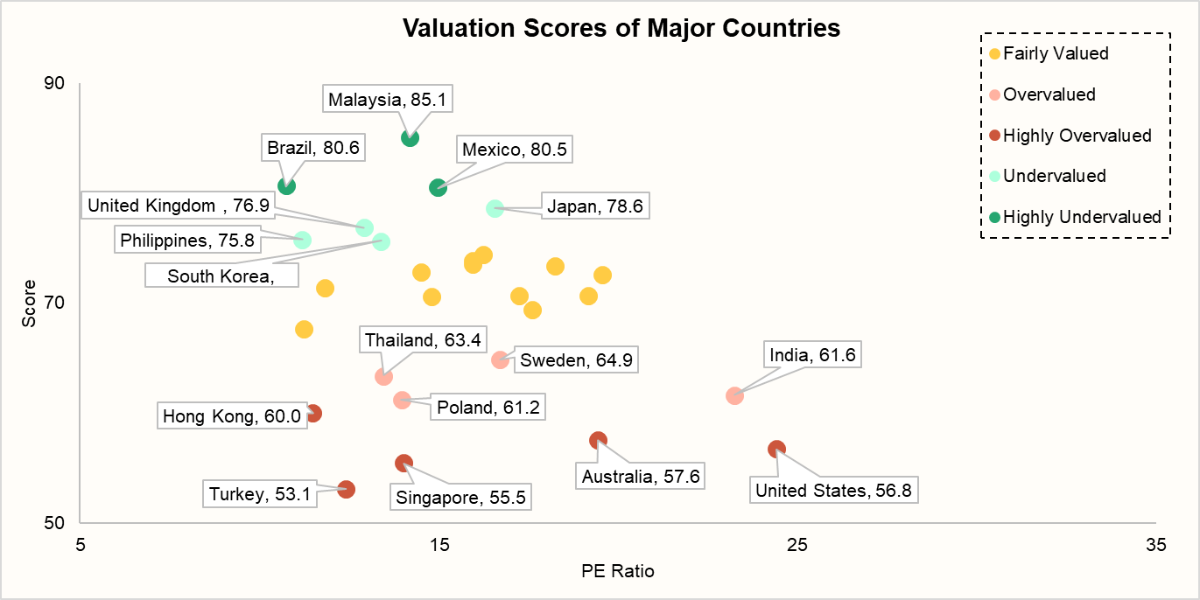
Note: Fairly Valued markets include: Canada, Germany, France, Italy, Spain, Netherlands, China, Taiwan, Indonesia and South Africa
Among the markets with an available consensus on forward earnings outlook, Brazil, Japan, the UK, and South Korea appear more attractive compared to their peers, while the US market (S&P-500) appears highly overvalued as compared to its peers.
Detailed Roundup: Unpacking Regional Valuations
Next, we evaluate the largest economies in the world and conduct a comprehensive analysis of their indices from a valuation standpoint.
United States– Highly Overvalued (Score: 57)
Index: S&P 500
PE: ~ 24.4x vs. 25-year median PE: ~ 18.8x
5-Year PEG: 1.9x
What happened in the past?
- GDP growth slowed from 2.9% (2023) to 2.8% (2024), projected at 1.8–1.9% for 2025.
- Core PCE inflation at 2.7% (mid-2025) exceeds the Fed’s 2% target.
- Fiscal deficit remains high at 6.3–6.4% of GDP (2023–2024).
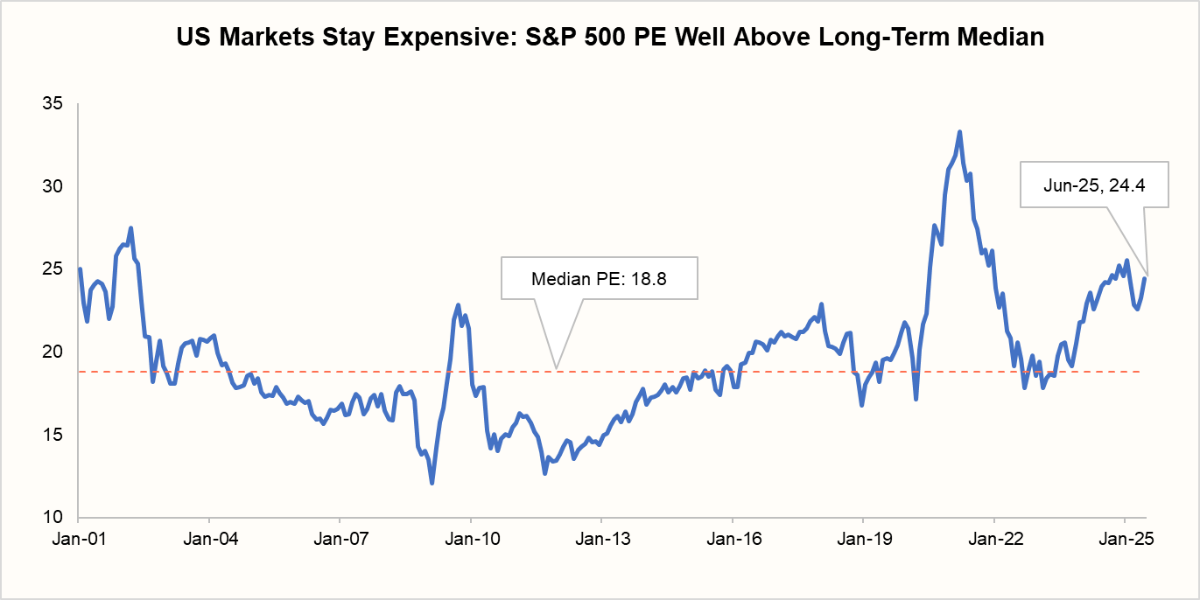
Outlook
- The U.S. economy has experienced a slowdown in momentum in 2025 stemming from high rates, fading fiscal support, tariff uncertainty, weaker job growth, and cautious consumption.
- Despite economic headwinds, the S&P 500 trades at elevated multiples, driven by a narrow AI-led rally in tech and consumer sectors. However, with the equity risk premium now inverted, there’s growing vulnerability if earnings disappoint or interest rates remain higher for longer.
China– Fairly Valued (Score: 71)
Index: SSE Composite Index
Current PE: ~14.8x vs. 25-year median PE: ~16.4x
5-Year PEG: 5.6x
What happened in the past?
- GDP growth slowed from 5.2% (2023) to 4.8% (2024) due to property sector distress, weak demand, and low business confidence.
- Major property developers (Evergrande, Country Garden) defaulted amid collapsing sales.
- SSE Composite fell 3.7% in 2023 but rebounded in 2024 on stimulus hopes.
- Policy stimulus announced in late 2024 included a 50-bps rate cut, special treasury bonds, expanded local government bond quotas, and liquidity injections into the stock market.
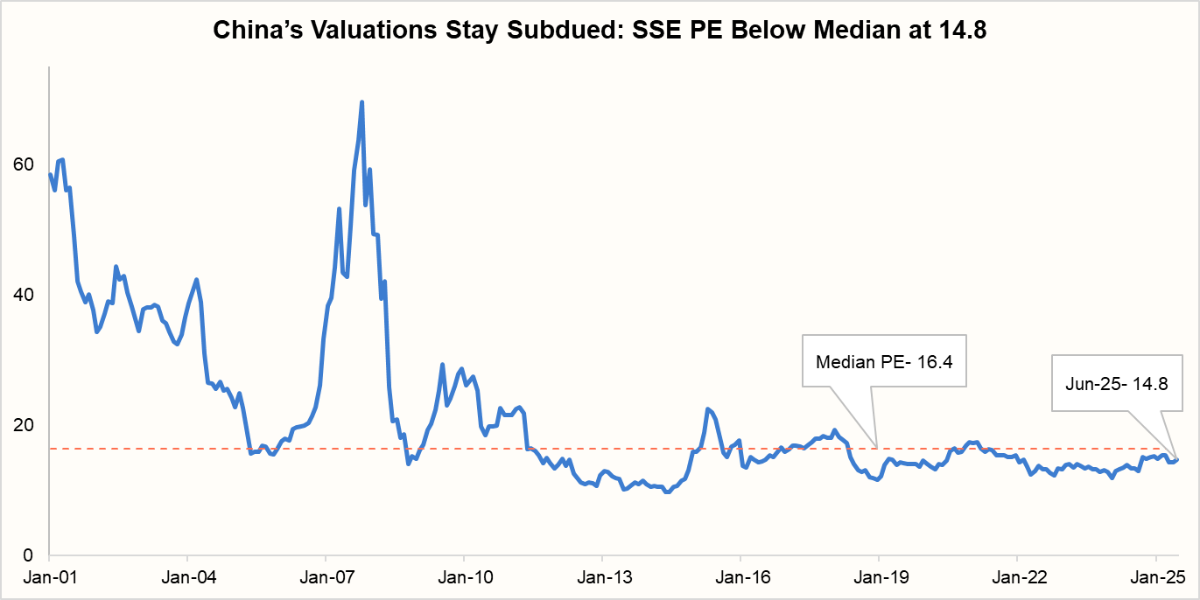
Outlook
- GDP Forecast for 2025 stands at 4.6% due to a decline in export momentum and subdued domestic demand. It is expected to slow further to 4.2% in 2026. China is settling into a phase of moderate deceleration.
- Positive factors include additional fiscal and monetary support and easing trade pressure after the U.S. tariff deal. Risk factors include property sector stagnation, persistent deflation, weak household demand, and structural constraints like ageing demographics.
Japan– Undervalued (Score: 79)
Index: Nikkei 225
PE: ~16.6x vs. 25-year median of 19.4x
5-Year PEG: 0.7x
What happened in the past?
- Flat growth in 2023–2024 due to weak demand from China, sluggish investment, and U.S. tariff pressures on exporters.
- Domestic demand remained soft despite inflation, with ageing demographics adding headwinds.
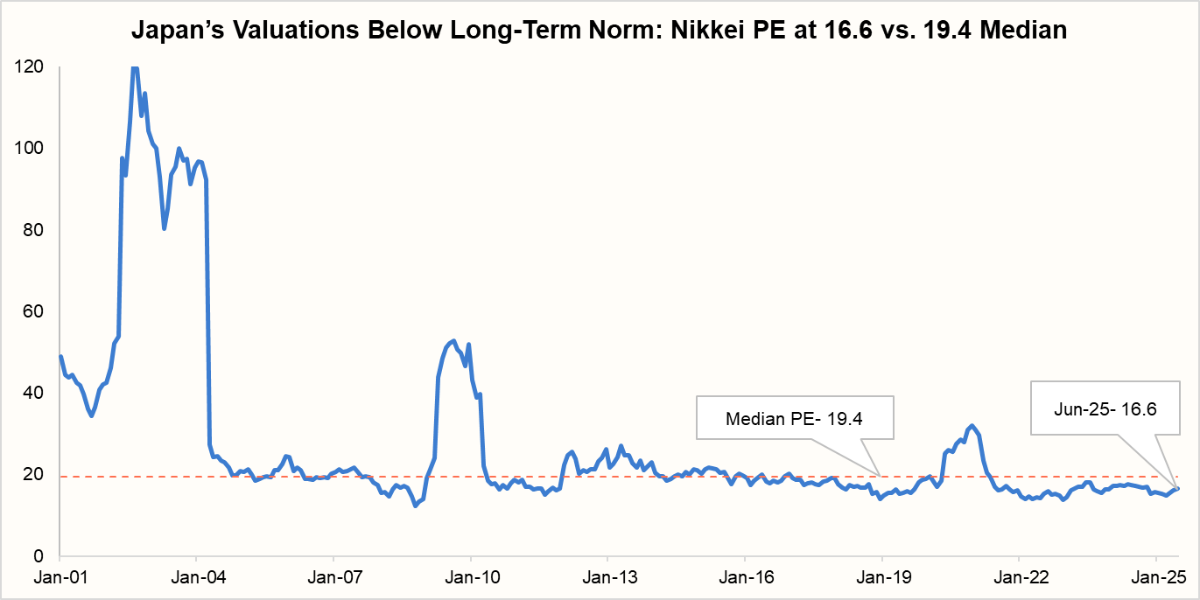
Outlook
- Record M&A activity ($232B in H1 2025), driven by private equity acquisitions of undervalued firms, signals undervaluation. Strong wage growth, resilient domestic consumption, and reduced U.S. auto tariffs (from 25% to 15%) bolster optimism for Japan’s equity market.
United Kingdom– Undervalued (Score: 77)
Index: FTSE 100
PE: ~12.9x vs. 25-year median of 17.0x
5-Year PEG: 0.6x
What happened in the past?
- Real GDP contracted 0.9% (2023) and stayed flat (+0.1%) in 2024 due to high interest rates, weak consumer spending, and Brexit-related trade frictions.
- Persistent inflation driven by wage growth, service sector costs, and energy price volatility.
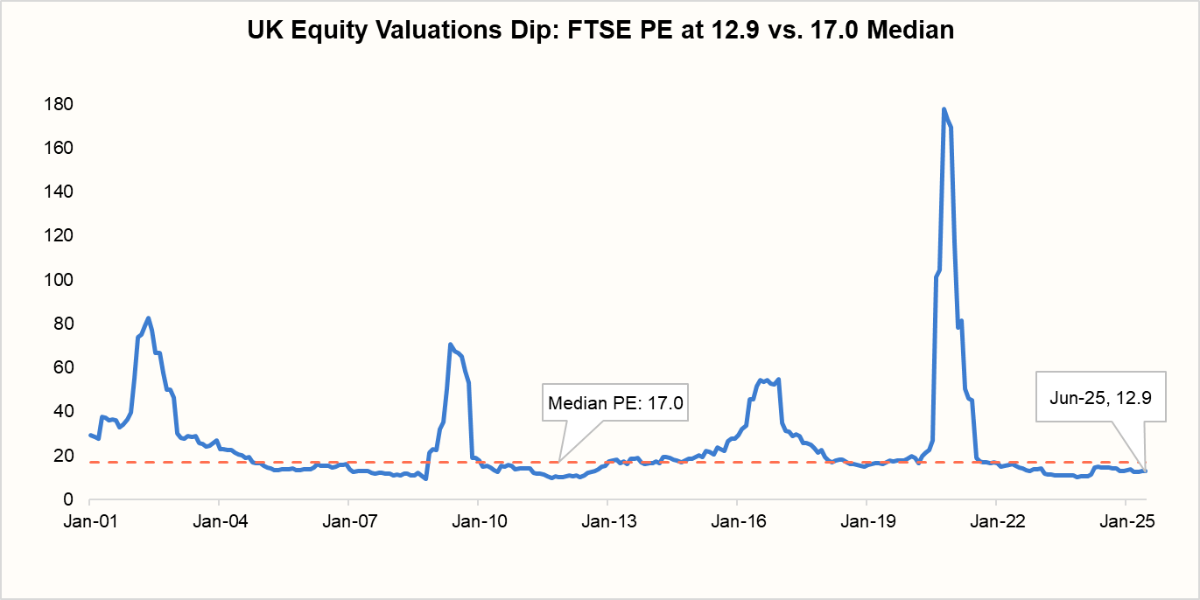
Outlook
- The UK market appears attractive mainly because of mean reversion, as the PE is likely to move towards its long-term median value.
- The expectations of a rate cut by the Bank of England, as inflation eases, along with an uptick in private equity and M&A deals, have also enhanced the appeal of UK assets to global investors.
Brazil – Highly Undervalued (Score: 81)
Index: Bovespa (Ibovespa)
PE: ~ 10.7x vs. 25-year median of 12.2x
5-Year PEG: 0.5x
What happened in the past?
- GDP growth slowed from 2.9% (2023) to 2.2% (2024) due to high interest rates (Selic at 15%) and reduced global demand.
- High inflation and costly credit triggered capital outflows and rising loan defaults.

Outlook
- Inflation is projected to cool to 5% and decline further in the coming years, and unemployment has reached a 10-year low, signalling a healthier economic environment.
- Its equities appear undervalued as earnings are set to recover in the coming months.
- Rising FDI Inflows (2.2% of GDP), along with fiscal reforms and infrastructure investments, are also bolstering investor confidence.
Global equity valuations reflect a dynamic mix of macroeconomic trends, policy shifts, technological changes and investor sentiment. Undervalued markets like Brazil, Japan, and the UK offer upside potential as growth stabilises and policy support emerges. Overvalued markets like the U.S. face risks if earnings falter or rates remain high. A selective, macro-aware approach is essential to understand risks and seize opportunities in this period of global recalibration.

